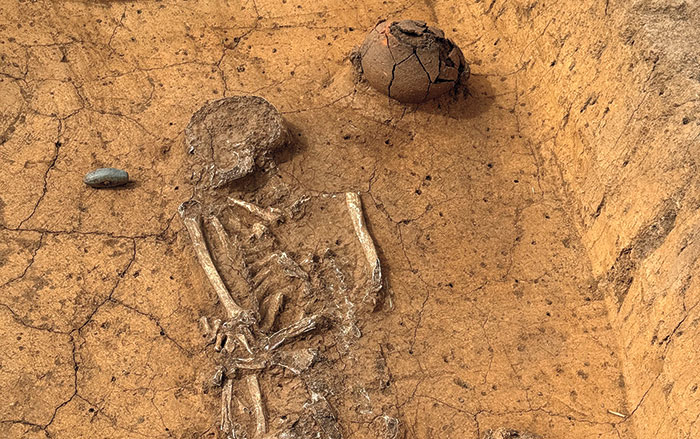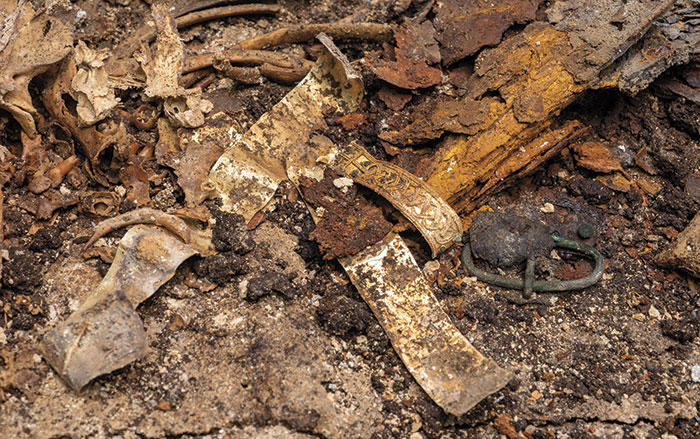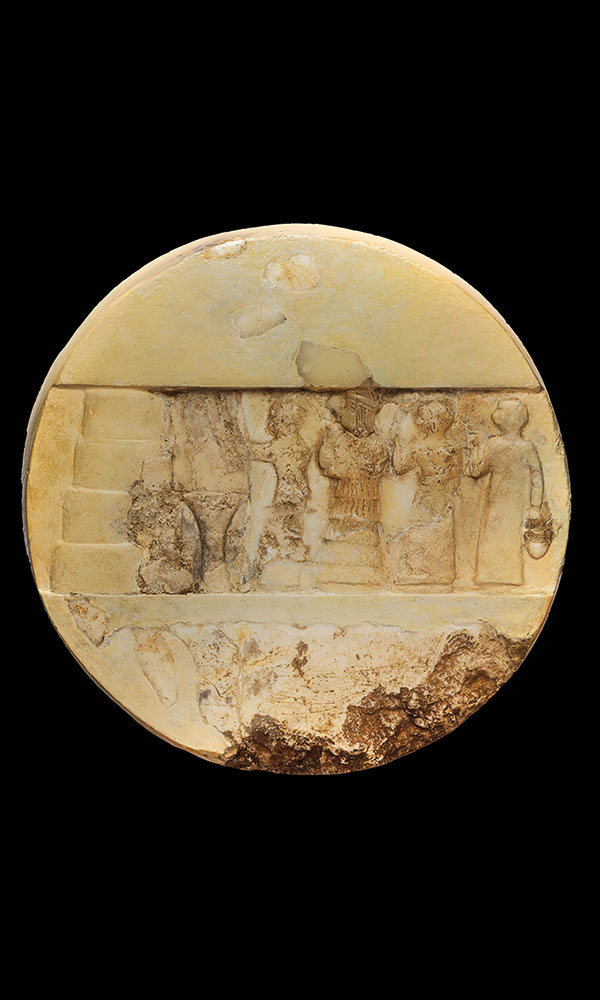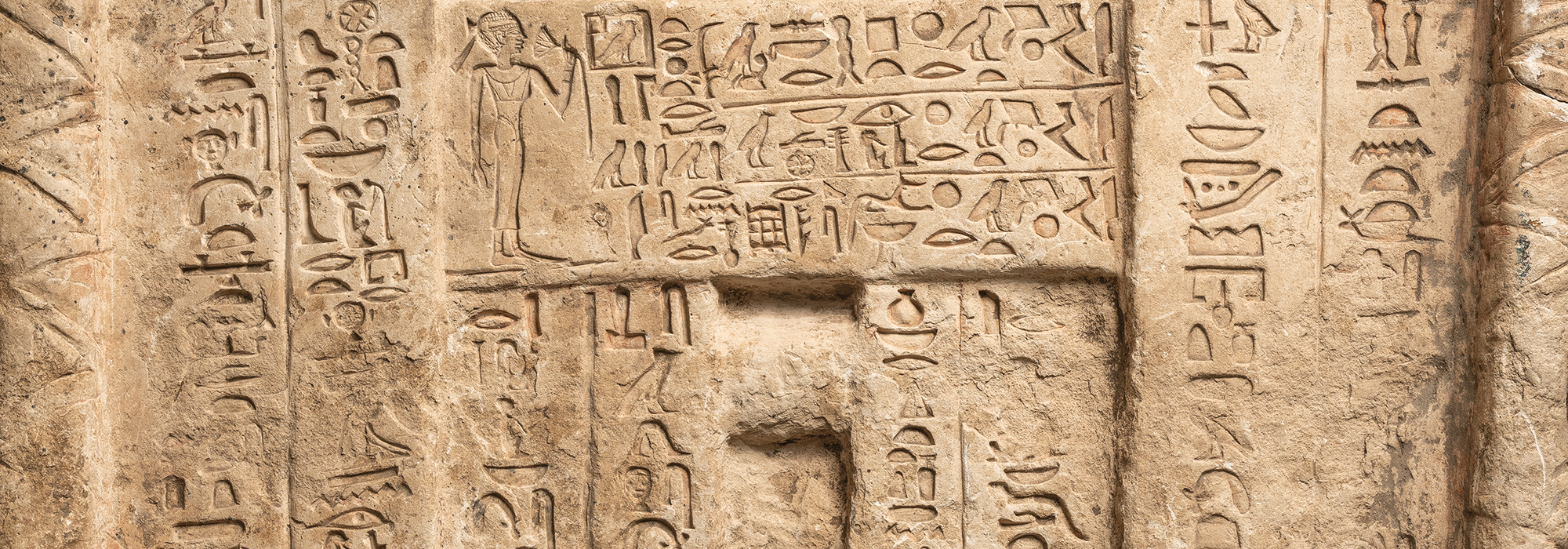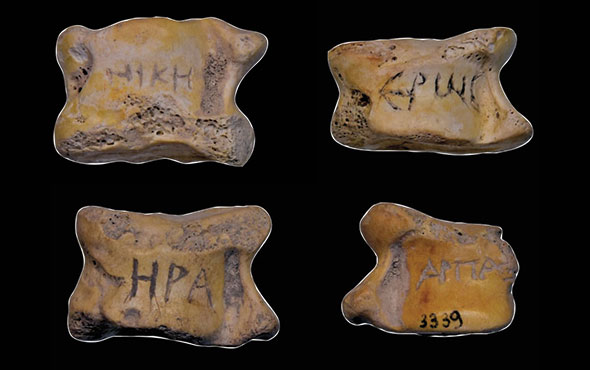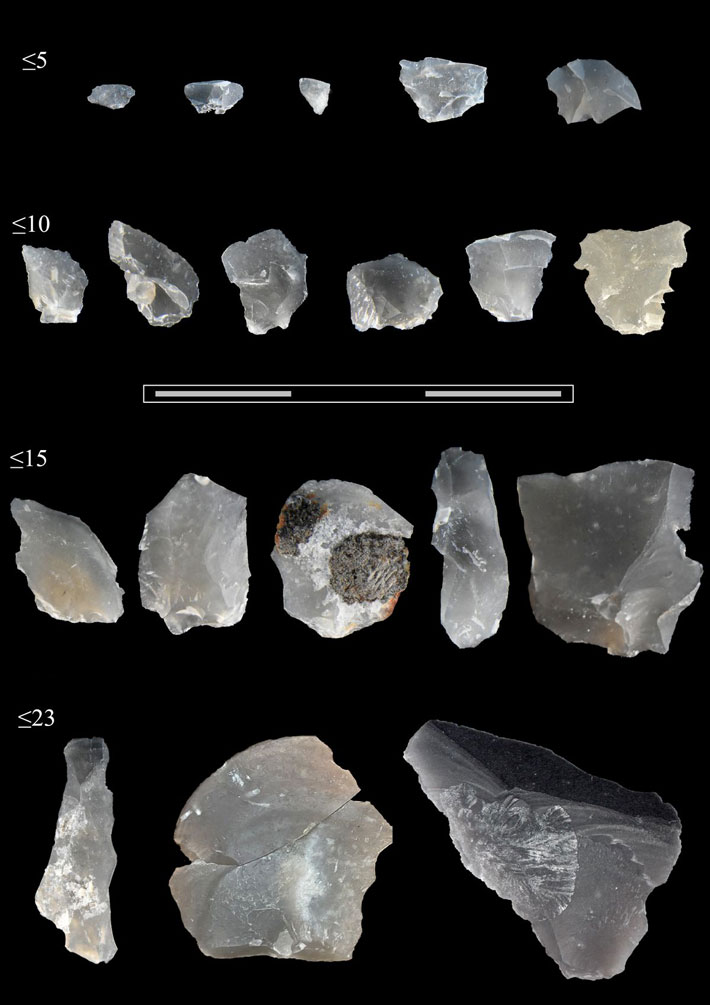
SCHÖNINGEN, GERMANY—According to a statement released by the University of Tübingen, researchers from the University of Tübingen and the Senckenberg Center for Human Evolution and Paleoenvironment analyzed 57 tiny pieces of flint found in southwestern Germany around the skeleton of a Eurasian straight-tusked elephant that died some 300,000 years ago. The chips are thought to have flaked off cutting tools during the re-sharpening process. Team member Jordi Serangeli said that the flint byproducts were probably left behind by either Homo heidelbergensis or early Neanderthals who were working near the elephant carcass and took their tools with them when they left. Microscopic bits of wood clung to fifteen of the tiny flakes, while wear on another sharp-edged fragment suggests it had been used to cut animal tissue, such as the elephant carcass, added team member Flavia Venditti. Read the original scholarly article about this research in Scientific Reports. To read about early stone tools, go to "Neanderthal Tool Time."


